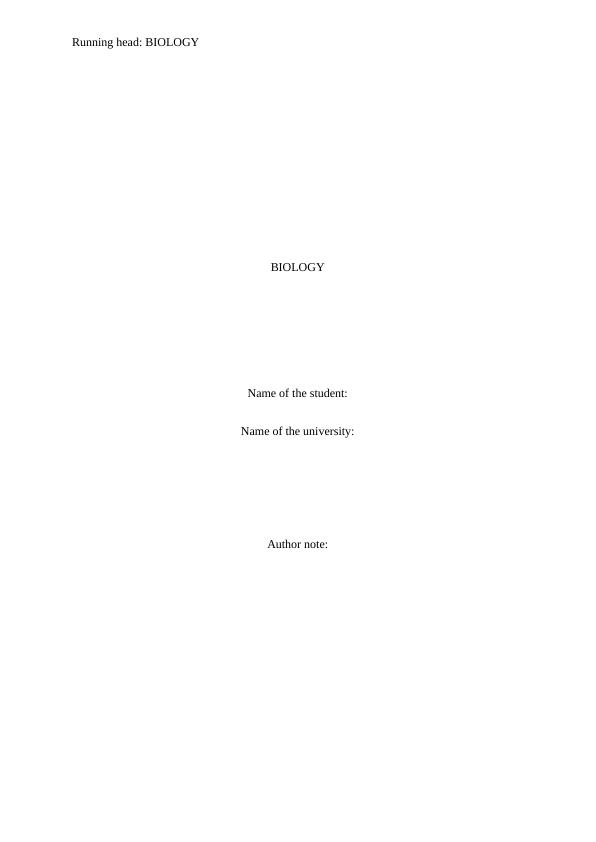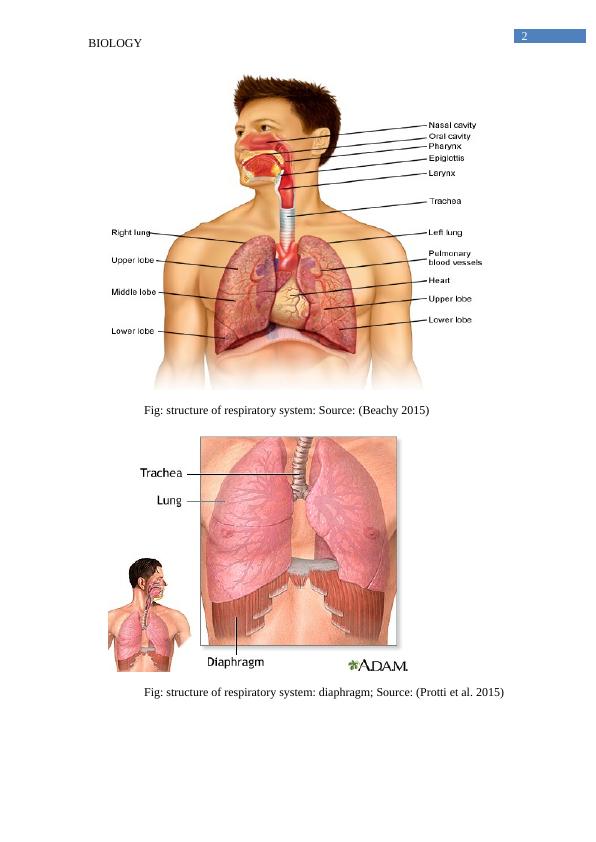Structure and Function of the Respiratory System
19 Pages3797 Words442 Views
Added on 2023-04-21
About This Document
This document provides an in-depth understanding of the structure and function of the respiratory system, including the organs involved in breathing and the process of gas exchange. It also discusses the conditions necessary for effective gaseous exchange. Additionally, it covers the components of blood plasma, the structure and function of red blood cells, and the process of carrying oxygen and carbon dioxide in the blood. Furthermore, it explores the structure and function of arteries, veins, capillaries, and the heart.
Structure and Function of the Respiratory System
Added on 2023-04-21
ShareRelated Documents
End of preview
Want to access all the pages? Upload your documents or become a member.
Human biology
|11
|2544
|89
Human Physiology Assignment- Respiratory System
|9
|2071
|150
Role of Respiratory System
|15
|1097
|17
Respiratory System
|16
|2909
|483
Department of Health & Human Services
|12
|1373
|25
Human Anatomy and Physiology Assignment
|11
|1865
|434




